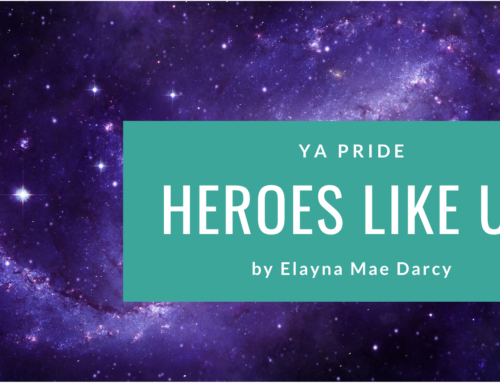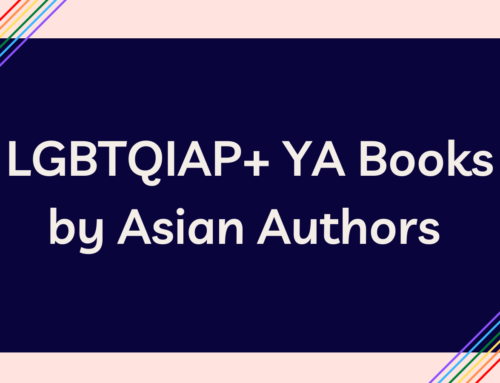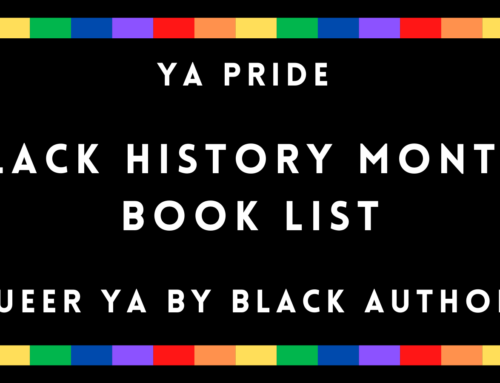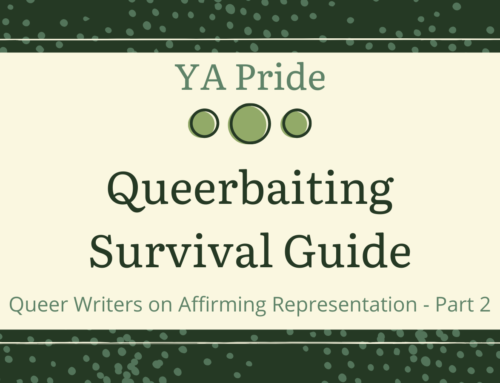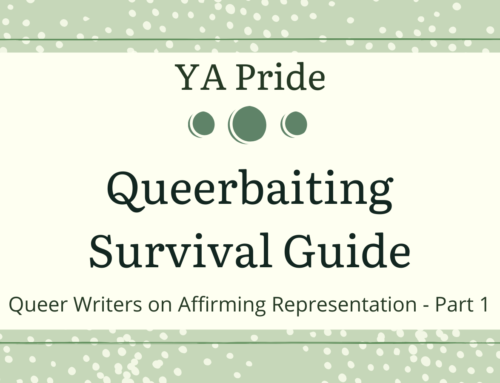Guest Post by Suzie Day
http://cataloguethisblog.blogspot.com/
Not long ago, I asked a room full of about 30 queer youth, most in their early twenties, to raise their hand if they were bullied at school. Almost everyone did. I then asked those who had been bullied if they had taken refuge in their school library. About 75% of the room raised their hand.
For LGBTQ youth, school can be one of the most dangerous places to be, with 89% of queer youth in Australia reporting that they had been harassed on school grounds (Hillier, Turner, & Mitchell, 2007). For many of those affected by bullying, their library is a safe space, where there is a teacher always present, shelves where they can hide, and books they can escape into.
Gay youth are four time more likely to attempt suicide than their straight counterparts, and this rate increases even more in country areas (King et al., 2008). It is important that gay youth are able to access information, and be in a safe space at all times, without fear.
As Harvey Milk said, “You gotta give them hope”. Milk inspired thousands of people to stand up for their rights, because he believed that if one person showed the world it could be a better place, this would inspire hope in others that their life could be better too. He believes that a little hope could go a long way, which is something I fully agree with. I grew up in a small, isolated mining town in Western Australia. When I was about 14 or so, I saw a vehicle with a rainbow bumper sticker, and for days I was walking on clouds, just from the knowledge that I was not alone, and somebody else out there was willing to make that public statement. Blogger Emily Lloyd agrees, and had recounted the story of seeing someone wearing a Pride button, gave her the courage to do the same (Lloyd, 2010).
Libraries are in the unique position where we can give hope to some of society’s most at-risk youth. Little things, such as making sure you have a selection of LGBTQ-themed books in your library can go a long way for a closeted teenager, afraid to tell anyone his greatest secret. Having uncensored internet access can mean that a 16 year old lesbian can get safe-sex information, when their school fails to give her relevant sex-education. Having LGBTQ inclusive picture books in your collection can help a parent explain to their child why their friend Tommy has two mummies.
The American Library Association in the US has an established special interest group already has a special interest group that deal with queer issues within libraries, known as the GLBT Round Table (2011). Right now, the Australian Library and Information Association is establishing a similar group (2011), which hopes to (a) support LGBTQ library staff, students and professionals, and (b) assist and advise libraries in catering towards the LGBTQ community. Librarians want to support their whole community, and that includes those who are gay. This idea isn’t always being put into practice, but efforts are being made to change that.
Your library is a safe place, where you will not be judged, based on the books you read, nor try and stop you, no matter what kind of information you seek. We may not always get it right, but we will try our best to rectify our mistakes. Above all, you are welcome in your library.
I am a Library and Information Studies student at Curtin University, in Western Australia. I grew up in an isolated mining town in the desert, where the only place in town telling me that it was okay to be who I am, was my public library. I am currently the national convenor and co-founder for the Australian Library and Information Association’ LGBTQ special interest group, and I hope to one day persue a career in children’s library services.
References
American Library Association. (2011). GLBT Round Table. Retrieved June 19, 2011, from http://www.ala.org/ala/mgrps/rts/glbtrt/index.cfm
Australian Library and Information Association. (2011). aliaLGBTQ. Retrieved September 12, 2011, from http://lists.alia.org.au/mailman/listinfo/alialgbtq
Hillier, L., Turner, A., & Mitchell, A. (2007). Writing themselves in again: six years on (Monograph series no. 50) (p. 106). Melbourne, Victoria: Australian Research Centre in Sex, Health & SocietyLaTrobe University. Retrieved from http://www.glhv.org.au/node/69
King, M., Semlyen, J., Tai, S., Killaspy, H., Osborn, D., Popelyuk, D., & Nazareth, I. (2008). A systematic review of mental disorder, suicide, and deliberate self harm in lesbian, gay and bisexual people. BMC Psychiatry, 8(1), 70. doi:10.1186/1471-244X-8-70
Lloyd, E. (2010, October 2). Being Visibly Queer-Friendly: Please Consider It. Poesy Galore. Retrieved June 20, 2011, from http://poesygalore.blogspot.com/2010/10/being-visibly-queer-friendly-please.html
